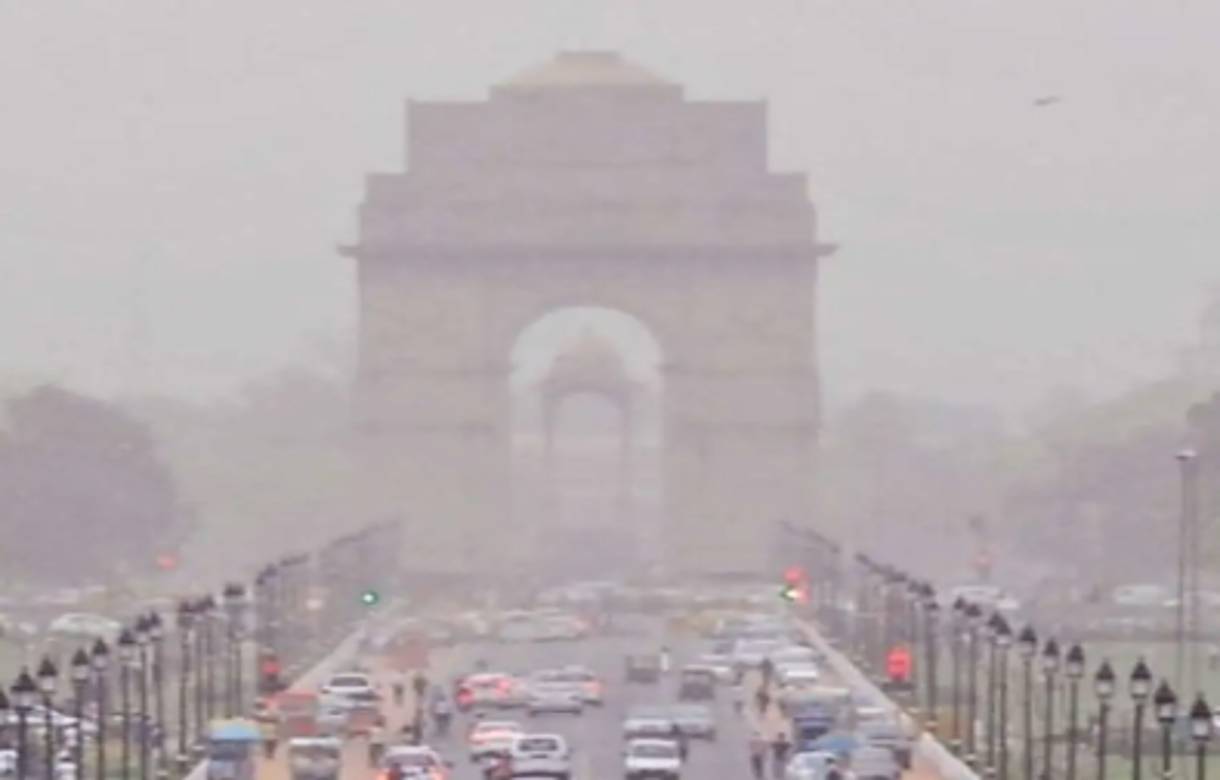Top Stories
Iran’s woman ruins her body with plastic surgery to look like Angelina Jolie, releases her real photo

India News
Vijay signals political push with TVK rally as last film Jana Nayagan promotion aligns with 2026 polls
Vijay combined a major TVK rally with the promotion of his final film Jana Nayagan, signalling a carefully planned transition from cinema to politics ahead of the 2026 Tamil Nadu polls.
India News
Rs 20,000 fine or forced return as Delhi turns away old vehicles at borders amid severe pollution
With Delhi’s air quality slipping into the hazardous zone, authorities have intensified GRAP Stage IV enforcement, turning back old and non-BS VI vehicles from the city’s borders or fining them heavily.
Latest world news
PM Modi receives Ethiopia’s highest civilian honour, first world leader to get award
PM Modi has become the first global leader to be awarded Ethiopia’s highest civilian honour for strengthening bilateral ties and global leadership.
-

 India News23 hours ago
India News23 hours agoBJP minister claims rift between Rahul and Priyanka Gandhi over Parliament speeches
-
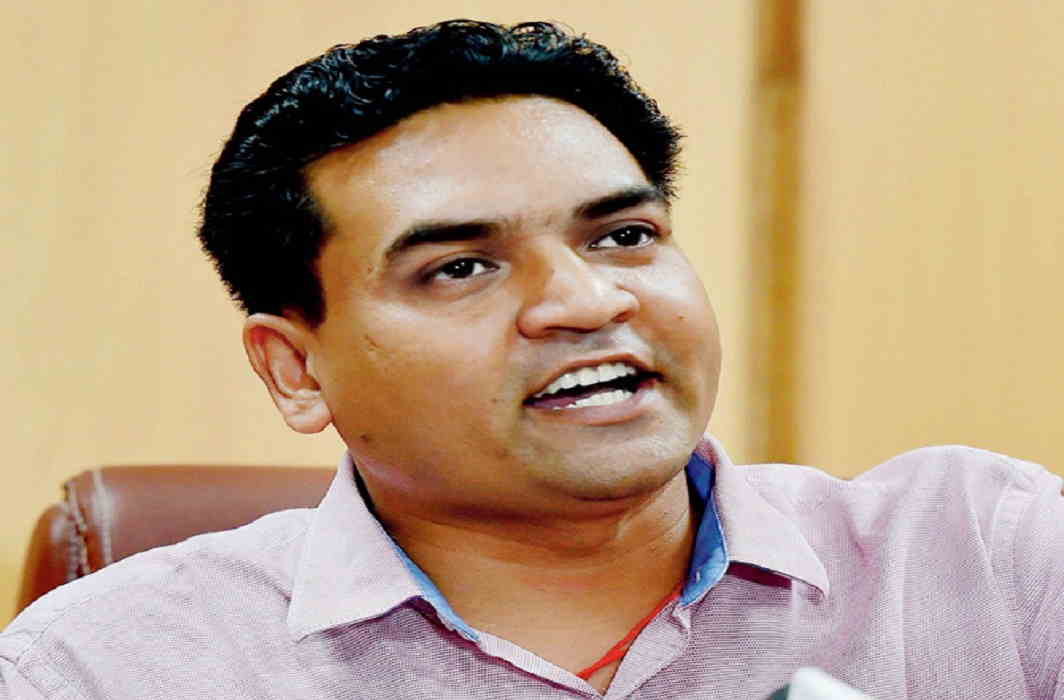
 India News21 hours ago
India News21 hours agoDelhi orders 50% work from home as pollution emergency deepens
-

 India News21 hours ago
India News21 hours agoBharat Taxi to launch in Delhi on January 1 as cooperative alternative to app-based cabs
-
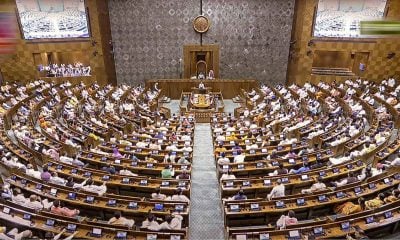
 India News16 hours ago
India News16 hours agoLok Sabha passes SHANTI Bill, opens civil nuclear sector to private participation
-

 India News2 hours ago
India News2 hours agoRs 20,000 fine or forced return as Delhi turns away old vehicles at borders amid severe pollution
-
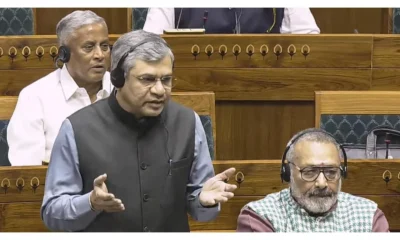
 India News16 hours ago
India News16 hours agoPassengers must pay charges for excess luggage on trains, says railway minister
-

 India News60 mins ago
India News60 mins agoParliament passes bill to allow 100% foreign investment in insurance sector
-
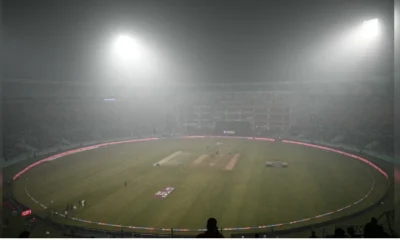
 Cricket news51 mins ago
Cricket news51 mins agoIndia vs South Africa T20I abandoned due to fog raises questions over BCCI scheduling





